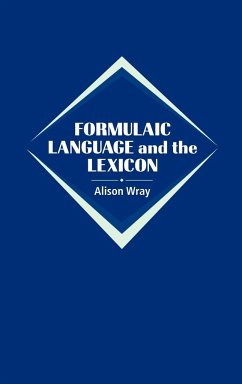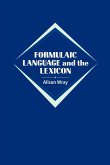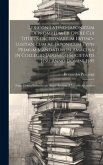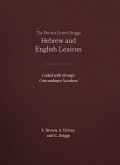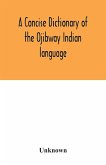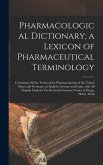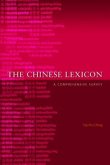A considerable proportion of our everyday language is 'formulaic'. It is predictable in form, idiomatic, and seems to be stored in fixed, or semi-fixed, chunks. This book explores the nature and purposes of formulaic language, and looks for patterns across the research findings from the fields of discourse analysis, first language acquisition, language pathology and applied linguistics. It gradually builds up a unified description and explanation of formulaic language as a linguistic solution to a larger, non-linguistic, problem, the promotion of self. The book culminates in a new model of lexical storage, which accommodates the curiosities of non-native and aphasic speech. Parallel analytic and holistic processing strategies are the proposed mechanism which reconciles, on the one hand, our capacity for understanding and producing novel constructions using grammatical knowledge and small lexical units, and on the other, our use of prefabricated material which, though less flexible, also requires less processing.
Table of contents:
Part I. What Formulaic Sequences Are: 1. The whole and the parts; 2. Detecting formulaicity; 3. Pinning down formulaicity; Part II. A Reference Point: 4. Patterns of formulaicity in normal adult language; 5. The function of formulaic sequences: a model; Part III. Formulaic Sequences in First Language Acquisition: 6. Patterns of formulaicity in child language; 7. Formulaic sequences in the first language acquisition; Part IV. Formulaic Sequences in a Second Language: 8. Non-native language: overview; 9. Patterns of formulaicity in children using a second language; 10. Patterns of formulaicity in adults and teenagers using a second language; 11. Formulaic sequences in second language acquisition: a model; Part V. Formulaic Sequences in Language Loss: 12. Patterns of formulaicity in aphasic language; 13. Formulaic sequences in aphasia: a model; Part VI. An Integrated Model: 14. The variable unit distributed lexicon.
This book explores the nature of formulaic language, and looks for patterns across research findings from a variety of sub-fields. It gradually builds up a unified description and explanation of formulaic language as a linguistic solution to a larger, non-linguistic, problem, the promotion of self.
Explores the nature of formulaic language.
Hinweis: Dieser Artikel kann nur an eine deutsche Lieferadresse ausgeliefert werden.
Table of contents:
Part I. What Formulaic Sequences Are: 1. The whole and the parts; 2. Detecting formulaicity; 3. Pinning down formulaicity; Part II. A Reference Point: 4. Patterns of formulaicity in normal adult language; 5. The function of formulaic sequences: a model; Part III. Formulaic Sequences in First Language Acquisition: 6. Patterns of formulaicity in child language; 7. Formulaic sequences in the first language acquisition; Part IV. Formulaic Sequences in a Second Language: 8. Non-native language: overview; 9. Patterns of formulaicity in children using a second language; 10. Patterns of formulaicity in adults and teenagers using a second language; 11. Formulaic sequences in second language acquisition: a model; Part V. Formulaic Sequences in Language Loss: 12. Patterns of formulaicity in aphasic language; 13. Formulaic sequences in aphasia: a model; Part VI. An Integrated Model: 14. The variable unit distributed lexicon.
This book explores the nature of formulaic language, and looks for patterns across research findings from a variety of sub-fields. It gradually builds up a unified description and explanation of formulaic language as a linguistic solution to a larger, non-linguistic, problem, the promotion of self.
Explores the nature of formulaic language.
Hinweis: Dieser Artikel kann nur an eine deutsche Lieferadresse ausgeliefert werden.

